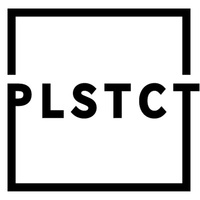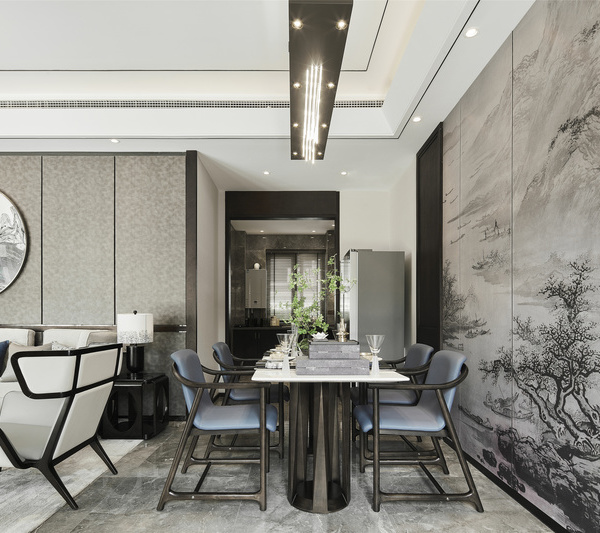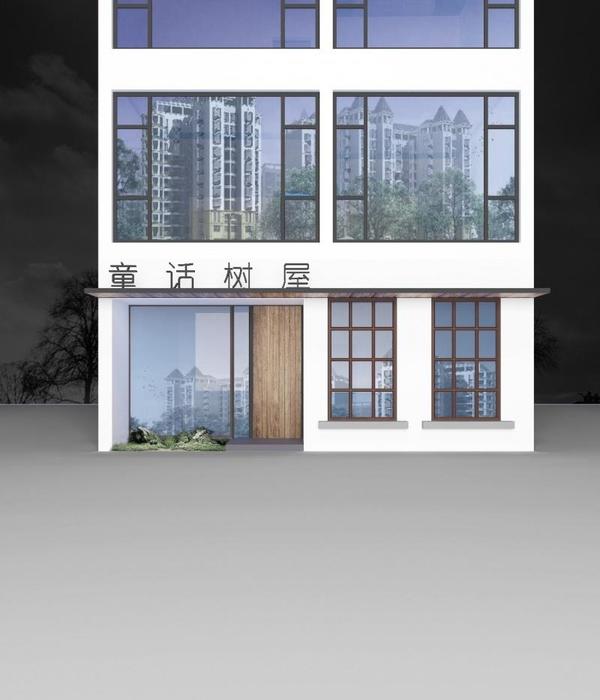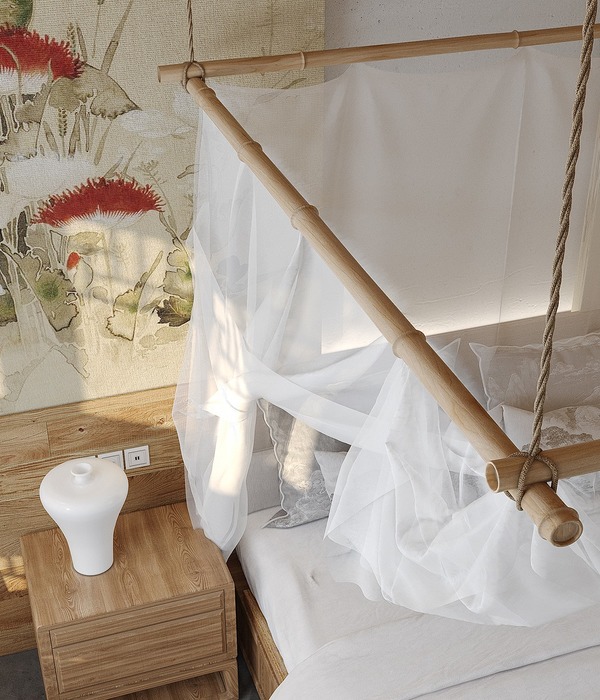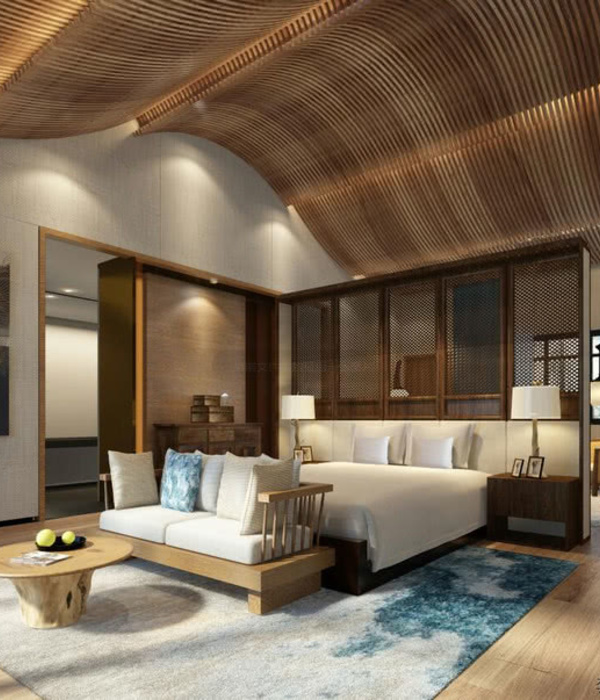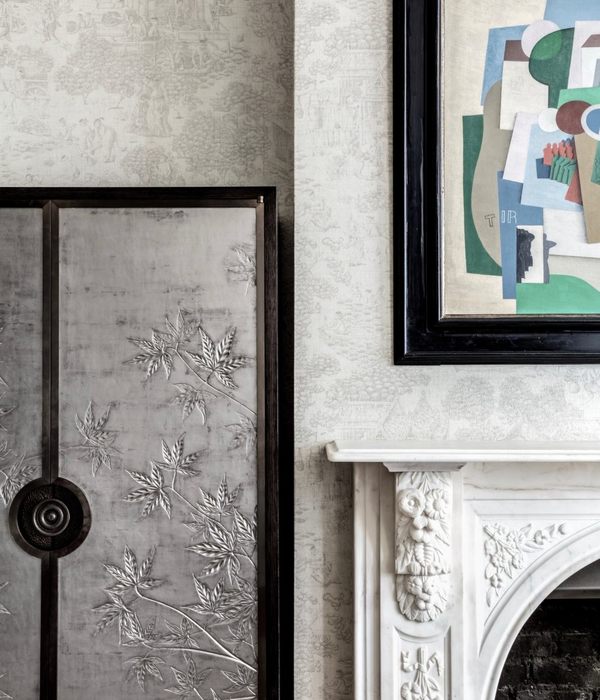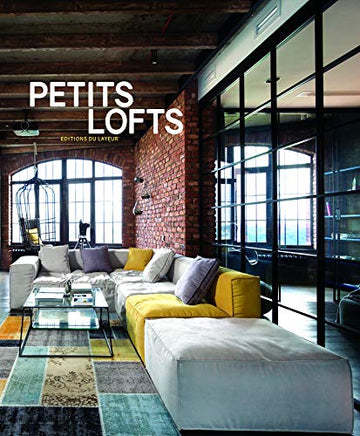虚拟荷兰设计周 | IKEA 虚拟温室、网络蘑菇、垃圾再思考
Moving its programme of talks and exhibition online (17 – 25 October), the Eindhoven-based design event virtually showcases future-oriented design thinking, material innovation and next generation talent
Designing for a virtual world is one of the main themes of this year’s Dutch Design Week. Pictured here is Digital Muses, a project by Giorgio Gasco and Gianmaria Della Ratta analyzing the spaces around people streaming web content (from chefs to gamers). The pair focused on stucco decorations in the spaces: ’By extrapolating symbols, languages, sets and attitudes from the Camgirl world, we want to understand how these can influence the design and which stimuli and formal/aesthetic/visual solutions bring,’ they say
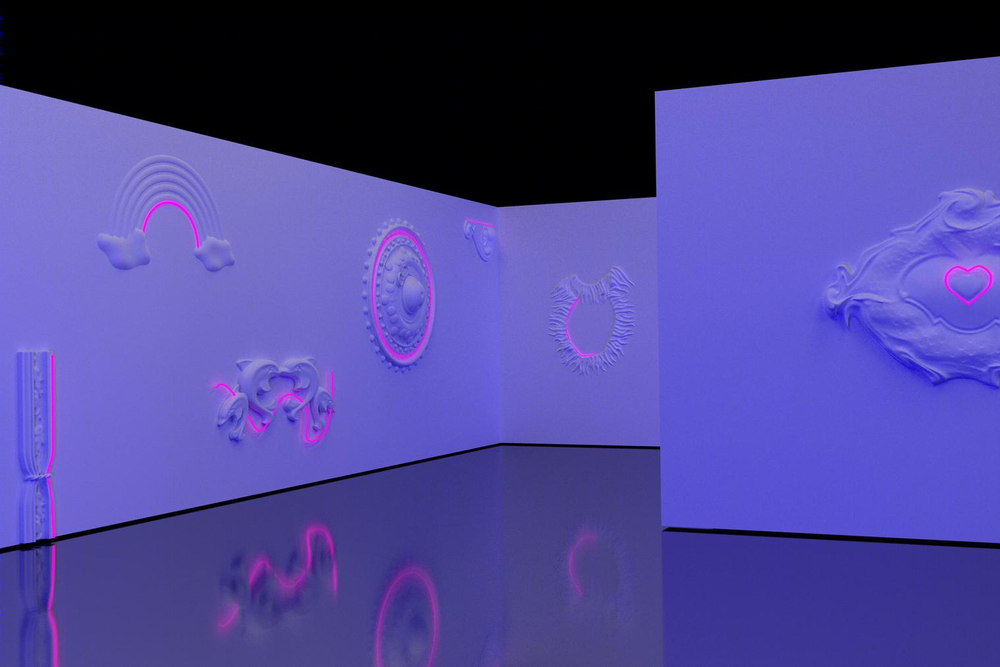
This year, Dutch Design Week moves online, with a week-long programme of exhibitions, events, talks and initiatives showcasing design innovations and research by international design players. While the energy of Eindhoven’s creative scene will be difficult to replicate in the new virtual dimension, its contemporary creative thinking translates well to the digital programme.
With a structure that virtually mimics a physical exhibition, visitors can access individual 3D viewing rooms or follow specifically curated tours that focus on the different creative perspectives on offer. Social issues, sustainability, material innovation are focal points of the programme, with further projects dedicated to emerging talent, designing a digital world, as well as colour and textile research and furniture design.
The Virtual Greenhouse by IKEA
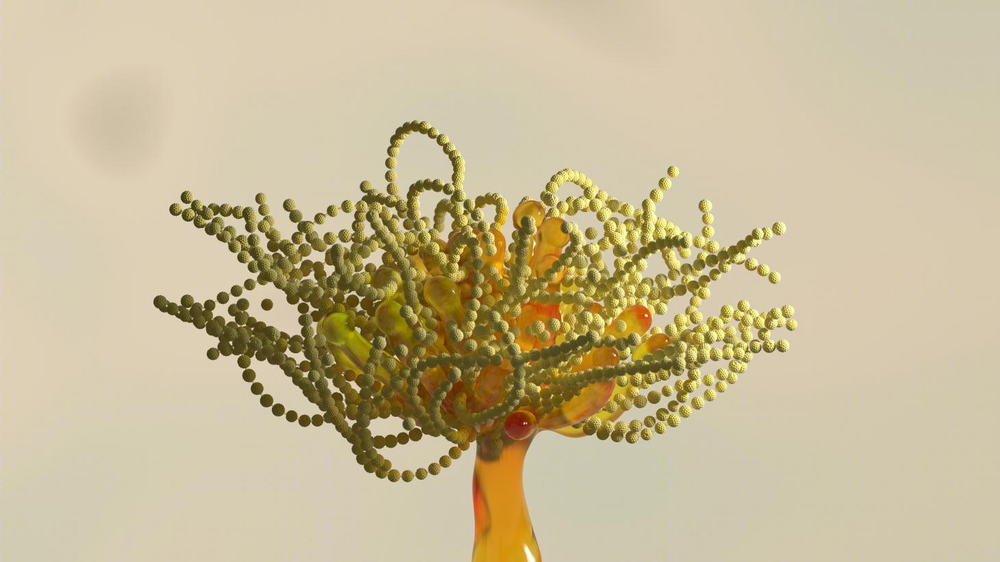
From creating a home sanctuary to setting the foundations for a more sustainable life, IKEA wants to help people thrive in these exceptional times and navigate this new life. This series of masterclasses, live talks and interactive experiences by creatives specializing in the fields of food, wellbeing, sustainability and botany was curated with the aim helping us live a more balanced life in our homes. The programme ranges from creating a mood with flower compositions to urban foraging and beekeeping, and is part of the Swedish company’s Big Home Reboot initiative, assessing our new relationship with living spaces.
Jugaad by Sachi Tungare
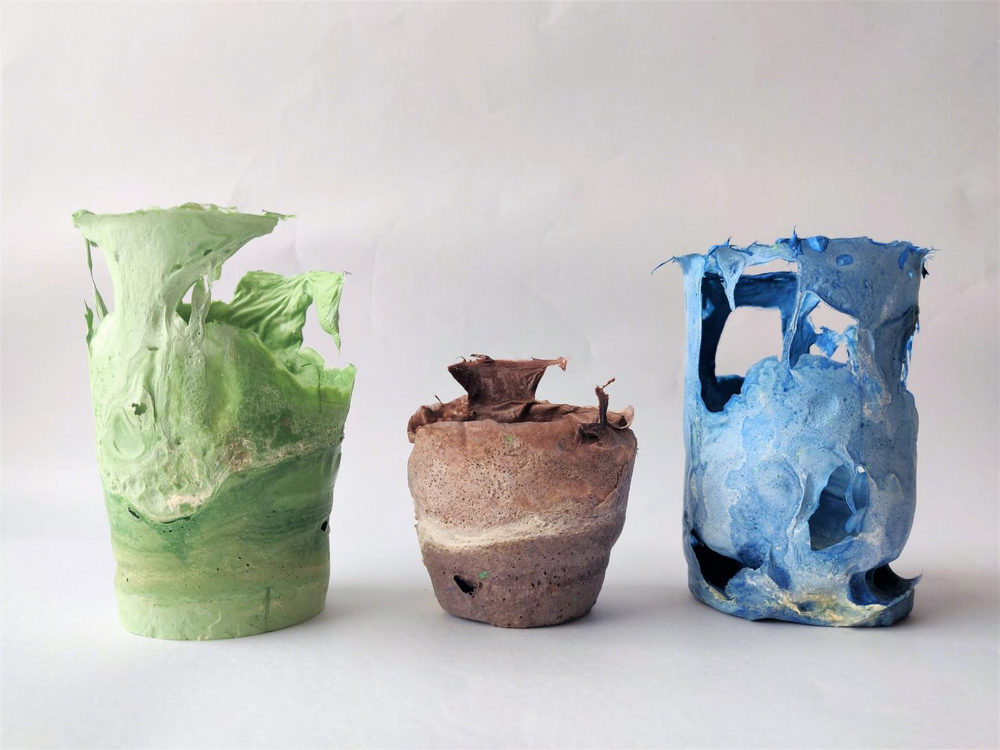
In colloquial Hindi, Jugaad indicates ‘the flexible approach to problem solving using the limited resources at hand innovatively’: this concept inspired Mumbai-based designer Sachi Tungare, who used this perspective to look at waste as a resource, extending its life cycle. Tungare looked at both organic materials such as flowers, and man-made waste like cigarette butts. While dried flowers from religious rituals were used to create a new plastic alternative material (which she is proposing as a substitute to the single-use plastic found in hotel amenities and toiletries), the the cellulose acetate found in cigarettes’ paper wrapping was dissected, treated to make it toxin-free and melted to be cast into various shapes (pictured).
Pomace by Random Works
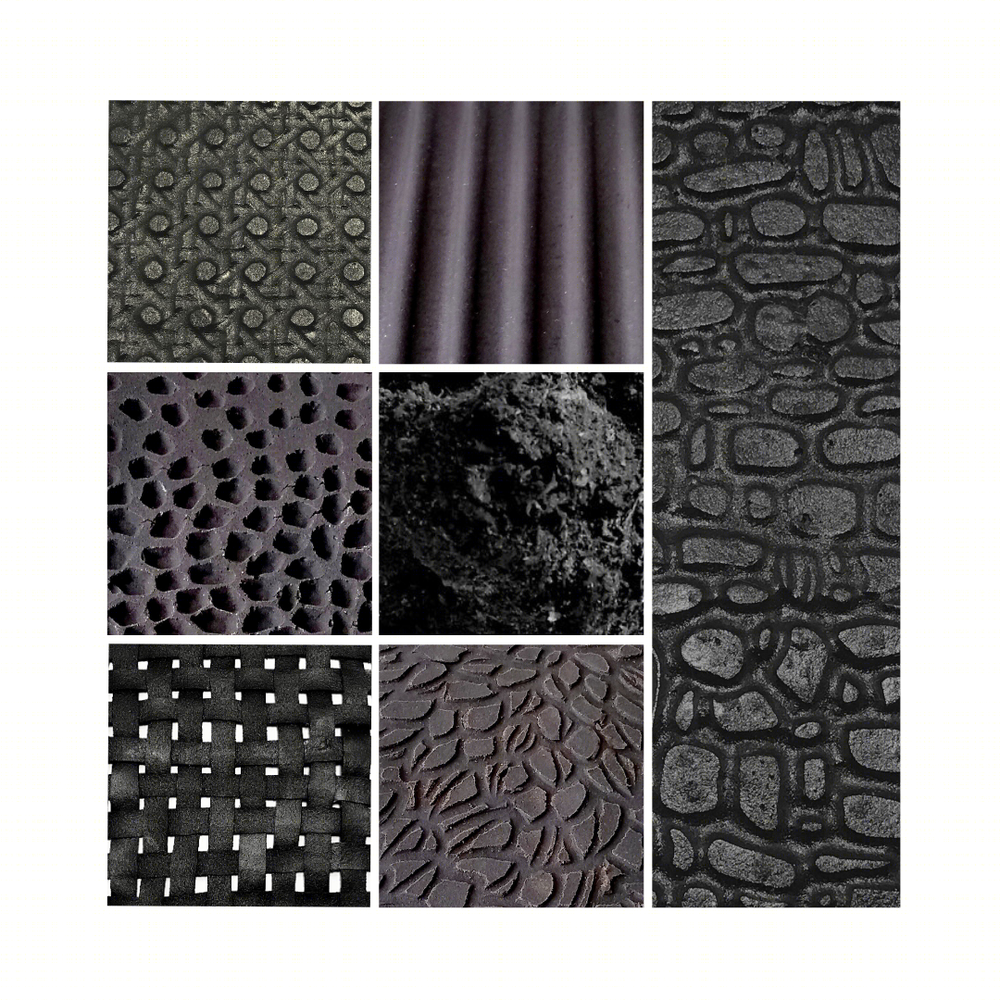
A design experiment focusing on olive cultivation, Pomace is an initiative by an interdisciplinary collective based between the Netherlands and Turkey. With backgrounds in architecture, product design, urban planning, visual design and media arts (and with the participation of Turkish NGO Olive Academy Karaburun), the group set themselves the mission of ‘learning circularity from olives’, with projects including designs inspired by olive cultivation in Karaburun featuring a selection of specially-developed bio-based material experiments made with olive pomace.
Materialized by Isola Design District

The Milanese design district gathered an impressive group of designers, researchers and creatives under this multidisciplinary project, exploring the sustainability of bio materials. Exploring the work of over 50 international designers and studios, Materialized forms ‘a path between biomaterials and innovative sustainable furnishings’ to explore what the future of design might look like. The projects on show through the Isola Design District portal include BIOTIC by Studio Lionne van Deursen (pictured), who uses microbes to grow biological materials, or RCA researcher Valentina Dipietro’s cross-disciplinary approach merging design with biology and technology. The project also includes open-source tools such as Chilean designer Caro Pacheco’s Calcáreo, a composite made from algae and mussels, and Mumbai-born Rashmi Bidasaria’s research into repurposing the by-products from the metal industry.
Symbiotic Futures by Romy Snijders

Dutch multidisciplinary designer Romy Snijders asked herself one question: if the current state of the world is the result of a focus on human exceptionalism, could we reverse this and create a better future by paying closer attention to nature and developing a life in symbiosis with plants? Her speculative design project considers fungi and their underground mycelium networks as ‘the internet of the forest’, developing imaginary tools to detect communication between the trees in a forest, to give nature a voice.
The Embassy of Rethinking Plastic
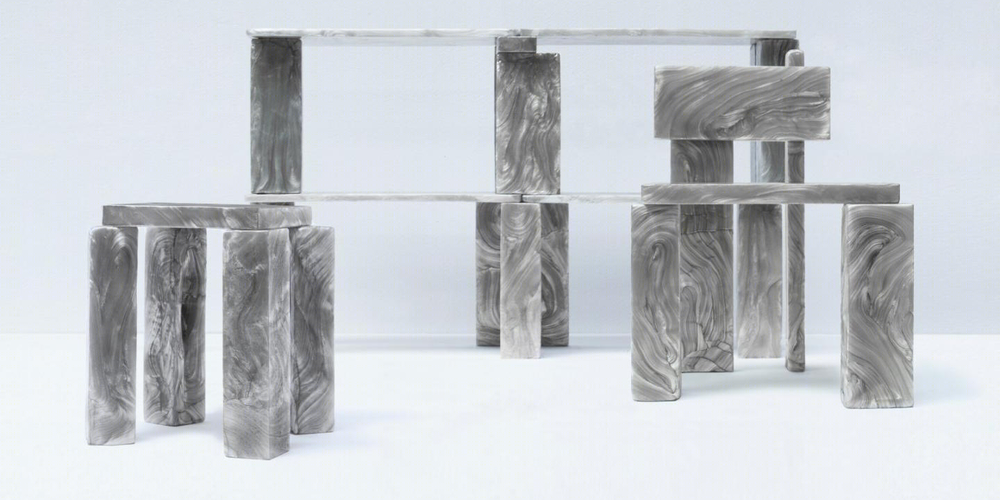
This multi-project platform curated by Leonne Cuppen and supported by Yksi Expo focuses on the important role of designers in offering a new perspective and approach to the ubiquitous material. The projects include Sarmite Polakova’s PineResin (a byproduct of the timber industry transformed into a sleek glass-like composite) and Plasticiet’s quest to make recycled plastic into a desirable, collectible series of objects through their Mother of Pearl collection (pictured). §

